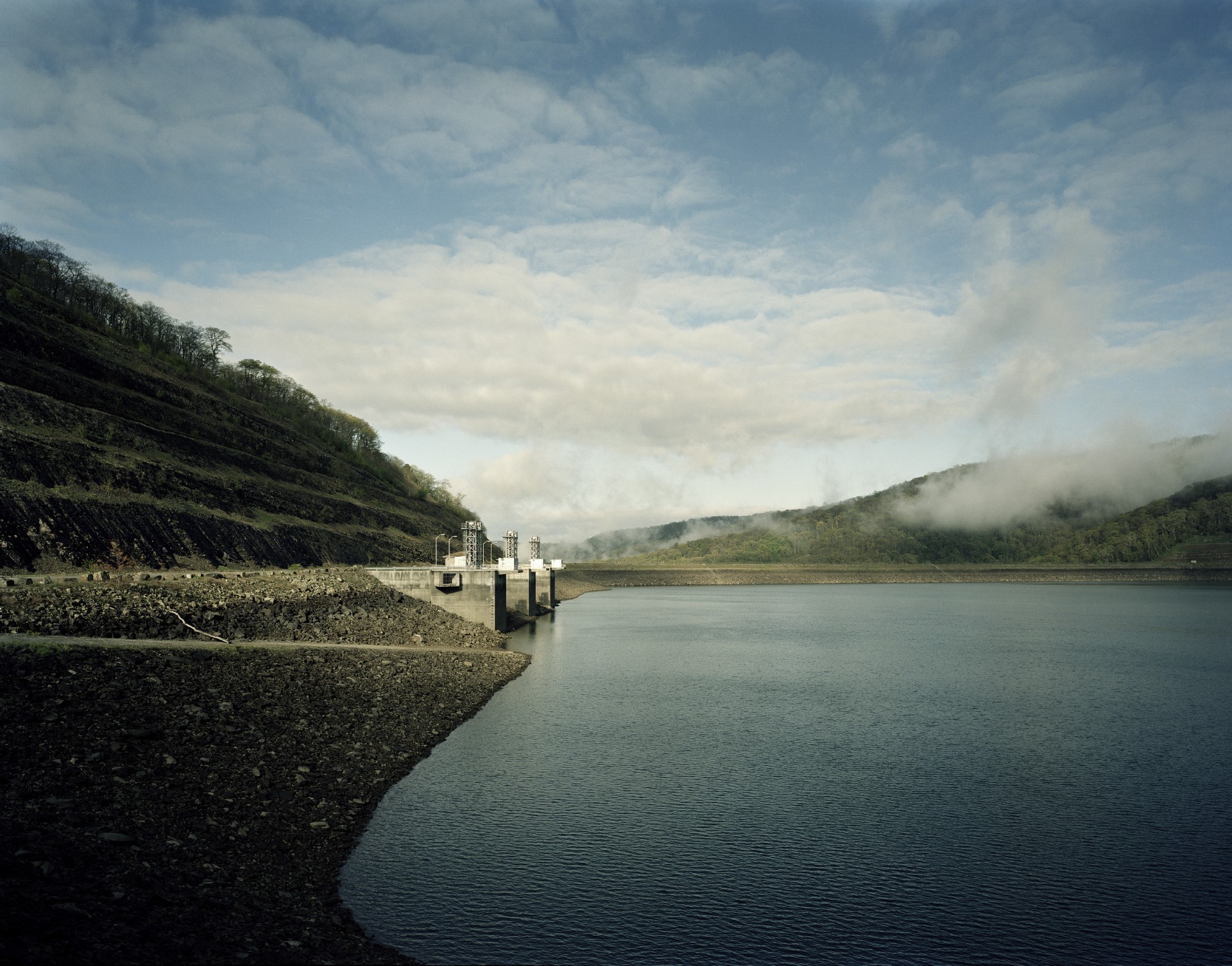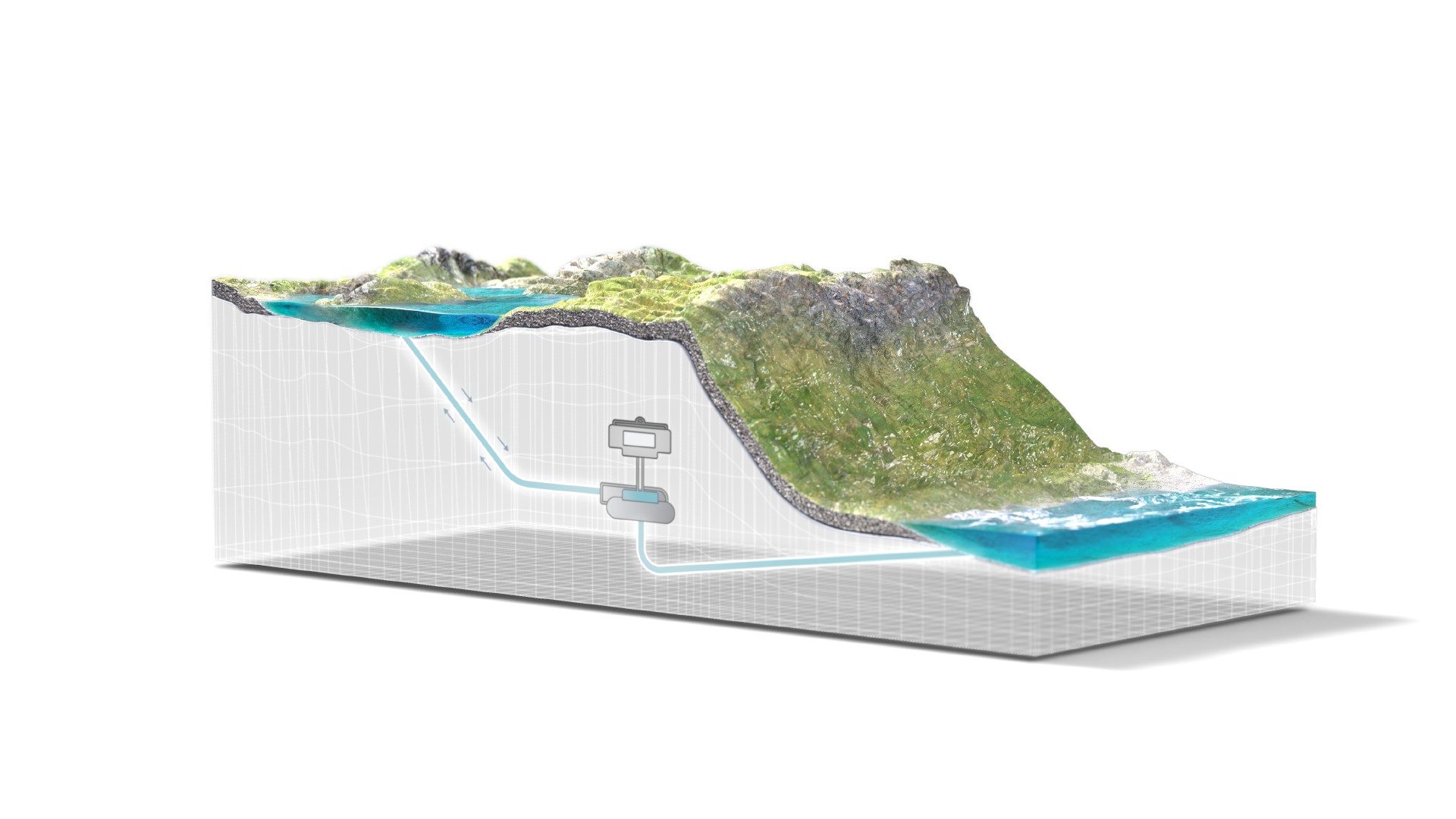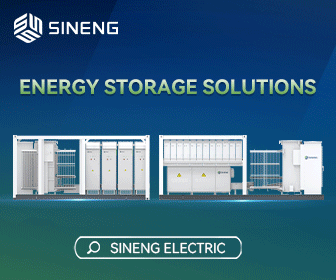Hydro Pumped Storage: Maintaining Grid Operations and Balance Demands
With increasing renewable energy generation being deployed throughout the world, the share of variable renewable sources such as wind and solar power are growing rapidly. The term, "variable" is used to describe solar and wind power, since the energy input to the grid from these sources is highly dependent on local weather conditions, and can be subject to significant variation over much shorter periods of time than was typical for traditional energy sources. For instance, power generated from wind can ramp up or down by 30 to 40 percent1of rated capacity within less than one minute, and solar power can experience unplanned ramp rates of up to 70 to 80 percent1of rated power per minute.
This presents major challenges for energy providers trying to balance these fluctuations. Losing control of the balance in the grid leads to serious issues, from frequency variation to widespread power outages. While it would be relatively easy to curtail excess variable renewable power, it makes much more economic sense to store this excess energy for future use. No technology is more dominant for storing large amounts of energy than hydro pumped storage. It is employed for over 98 percent of the world's bulk energy storage needs2. The basic principle is to move water back and forth between an upper reservoir and a lower reservoir. When there is excess generation available, the hydro storage units are operated as pumps to fill the upper reservoir. At times of peak demand, or low generation, the hydro storage units allow the water to flow back down to the lower reservoir and generate power. The amount of energy that can be stored depends on the size of the reservoirs and the difference in elevation between them. The rate of change of energy generation or consumption for a hydro storage plant (also known as ramp rate) depends on the size, type, and number of units in the plant.
Most hydro storage facilities in the United States today were originally designed to balance grids that had large "base load" generation from nuclear plants. Nuclear plants are most efficient if run continuously at their design point, or "rated output", and rarely have flexibility to follow demand. Since the demand for energy is variable throughout the day, it made sense economically to use pumped storage to balance supply and demand. The ramp rates needed at the time were largely based on the slower time scales of changes in demand. Today, the new challenge for pumped storage is to adapt to the shorter time scales of change in supply coming from the variability of the new renewable generation, where significant changes happen on the minute and second time scales.
New pumped storage technology solutions have been developed to address these needs; many of these fast-response units have already been installed in European countries, where variable renewable penetration increased rapidly. While conventional pumped storage units operate at a constant fixed rotation speed, variable renewables have led to the development and implementation of quicker, more flexible variable speed pumped storage solutions. Conventional pumped storage units needed to stop and change rotation direction to switch from pump mode to turbine mode; variable renewables utilize modern ternary storage units, which can pump, turbine, or do both without having to stop and change their direction of rotation.

In addition to grid balancing, pumped storage provides many services and benefits. By design, it supplies inertia to the grid, which is a stabilizing influence. It contributes to reliable available capacity - this is generation capacity that can be counted on when needed, and supplied for an extended period of time. One of the most important services it can provide is the ability to restore all, or a major portion of, the power system without outside energy after a total collapse (also known as "black start" capability).
The move to expand variable renewable generation will continue into the future. Economic models that fairly and clearly value the contributions of modern storage solutions are needed. Without them, the ability to accurately assess the value of future pumped storage projects will be difficult, and will discourage developments from moving forward. It is imperative that the economic models keep pace with the changing needs of electrical grids to ensure that the aging pumped storage solutions will be supported with new, and more flexible pumped storage development, to avoid the negative effects of unbalanced power grids in the future.
 Stuart Coulson is Head of Turbine Development for Voith Hydro Inc.Mr. Coulson earned a Bachelor's degree in Mechanical Engineering in 1988 from McGill University in Montreal, Canada. He has been working in the hydroelectric power industry for over 30 years, focused in hydraulic design before taking over management positions in Hydraulic turbine technology. Voith Hydro is a full-line supplier for equipping hydropower plants. The Voith Group Division develops customized, long-term solutions and services for large and small hydro plants all over the world. Its portfolio of products and services covers the entire life cycle and all major components for large and small hydro plants, from generators, turbines, pumps and automation systems, right through to spare parts, maintenance and training services, and digital solutions for intelligent hydropower.
Stuart Coulson is Head of Turbine Development for Voith Hydro Inc.Mr. Coulson earned a Bachelor's degree in Mechanical Engineering in 1988 from McGill University in Montreal, Canada. He has been working in the hydroelectric power industry for over 30 years, focused in hydraulic design before taking over management positions in Hydraulic turbine technology. Voith Hydro is a full-line supplier for equipping hydropower plants. The Voith Group Division develops customized, long-term solutions and services for large and small hydro plants all over the world. Its portfolio of products and services covers the entire life cycle and all major components for large and small hydro plants, from generators, turbines, pumps and automation systems, right through to spare parts, maintenance and training services, and digital solutions for intelligent hydropower.
Voith | www.voith.com
1Saft White Paper, "Optimizing energy storage systems for large wind and solar plants," Document No. 21989-1117-2, Edition Nov 2017.
2Yale Environment 360, "For Storing Electricity, Utilities Are Turning to Pumped Hydro" https://e360.yale.edu/features/for_storing_electricity_utilities_are_turning_to_pumped_hydro.
Volume: 2018 July/August









